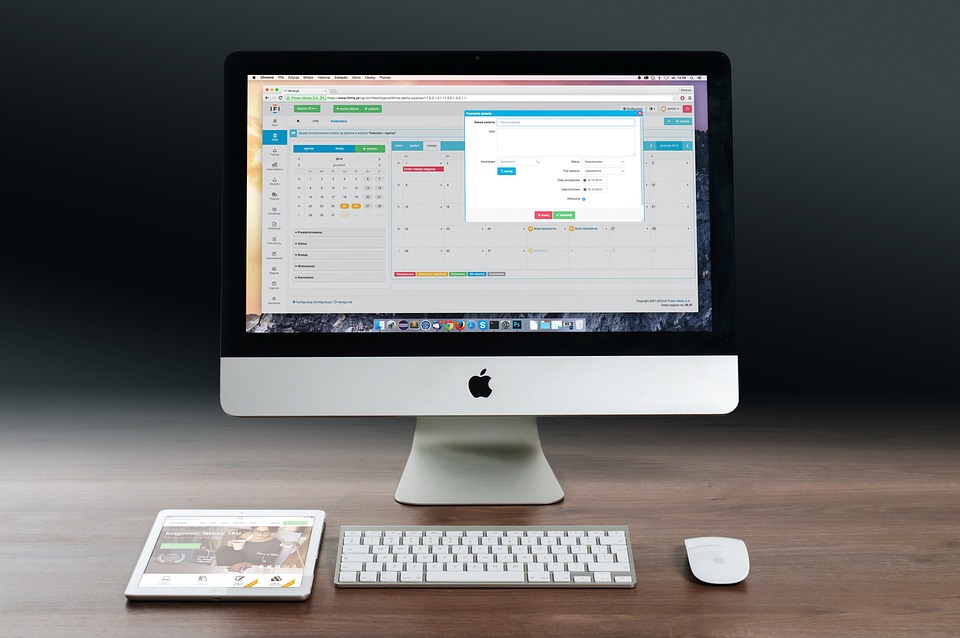Data science is a rapidly growing field that involves extracting insights and knowledge from data. With the increasing importance of data in decision-making across industries, the ability to interpret and communicate findings from data analysis is becoming a crucial skill for professionals.
Interpreting data findings requires a mix of technical skills and critical thinking. Data scientists must be able to understand and manipulate large datasets, apply statistical analysis and machine learning techniques, and draw meaningful conclusions from the results. However, interpreting data is only the first step in the data science process. Communicating those findings effectively is equally important.
To demystify the process of interpreting and communicating data findings, here are some tips to help you navigate this complex field:
1. Understand the context: Before interpreting data findings, it is essential to understand the context in which the data was collected. This includes understanding the business problem, the data sources, and any relevant constraints or limitations. By understanding the context, you can better interpret the findings and provide more meaningful insights.
2. Use visualization techniques: Visualizing data findings can help you communicate complex information in a clear and accessible way. Visualization techniques such as charts, graphs, and dashboards can help you present trends, patterns, and relationships in the data effectively. Choose the right visualization technique based on the nature of the data and the message you want to convey.
3. Tell a compelling story: Data findings should be presented in the form of a narrative that tells a compelling story. Start by framing the problem, presenting the data analysis process, and highlighting the key findings. Use storytelling techniques to engage your audience and make the data findings more relatable and memorable.
4. Avoid jargon: When communicating data findings, avoid using technical jargon that may be unfamiliar to your audience. Instead, use plain language and simple explanations to make the findings more accessible. Focus on conveying the key insights and implications of the data analysis, rather than getting bogged down in technical details.
5. Provide context and recommendations: In addition to presenting the data findings, it is important to provide context and recommendations for action. Explain the implications of the findings for the business or organization and make recommendations based on the insights generated from the data analysis. By providing actionable recommendations, you can help drive informed decision-making.
Demystifying data science requires a combination of technical skills, critical thinking, and effective communication. By following these tips, you can enhance your ability to interpret and communicate data findings, making you a more effective and valuable data scientist.




